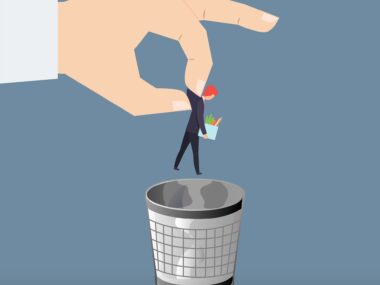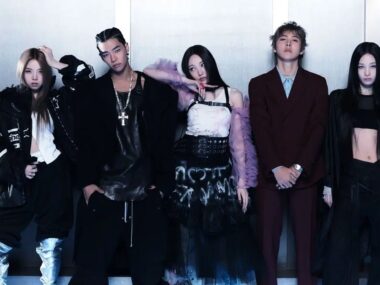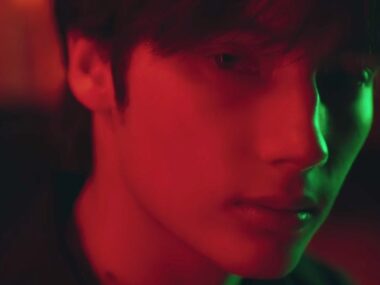More artists are being hit with accusations of copying other musicians’ work. The latest target is Taylor Swift. Her twelfth studio album, The Life of a Showgirl, sparked online debate after listeners claimed several songs resembled older hits by other artists.
The album’s title track was said to echo The Jonas Brothers’ Cool. Actually Romantic drew comparisons to the Pixies’ Where Is My Mind. Wood was accused of borrowing from The Jackson 5’s I Want You Back. Yet when you actually listen to the songs, the supposed similarities are faint at best. It’s not enough to take Swift to court and if a lawsuit is thrown her way, it would probably fail. So why does this keep happening?
The Internet’s Instant Verdict
Most of these allegations aren’t coming from music professionals. They’re coming from fans. In many cases, it’s coming from a genuine need to defend smaller or lesser-known artists from being exploited by powerful names. The problem is that most of these claims come from people who don’t understand how music is made.
Modern pop music operates within a limited palette of sounds and structures. There are only so many chord progressions, tempos, or melodic patterns that can work within mainstream genres. Overlaps are inevitable. Yet the internet’s scale can make even minor resemblances go viral before experts have time to weigh in.
Rolling Stone published an interview with forensic musicologist and professor at Berklee College of Music Dr. Joe Bennett who said that “similarity alone is not evidence of influence, still less copyright infringement.”
When Lawsuits Set Dangerous Precedents
Part of the problem stems from past high-profile lawsuits that blurred the line between influence and theft. The case between Marvin Gaye’s estate against Blurred Lines creators Robin Thicke and Pharrell Williams made listeners hypersensitive to similarities. Suddenly, every familiar chord progression became suspicious.
Real musical plagiarism, actual note-for-note copying that violates copyright, is rare. It requires proof that an artist had access to the original work, that the overlap is substantial enough to qualify as theft. A shared rhythm, key, or general “vibe” simply doesn’t meet that threshold.
Dr. Bennett has reviewed many such claims, including those surrounding Swift’s latest album. He concluded that none of the alleged similarities would hold up in court.
Influence, Inspiration, or Imitation?
Music is inherently cyclical. Artists are constantly referencing, reimagining, or riffing on what came before. From sampling in hip-hop to retro synth revivals in pop, drawing from the past is the foundation of modern music.
The tricky part is that influence and imitation can sound identical to casual listeners. A producer might aim to capture a certain “feel” without directly copying any melodies or lyrics. Yet to fans comparing two tracks on TikTok, it can look like an open-and-shut case of plagiarism.
When fan rivalries get involved, the accusations often turn personal. Calling an artist a “thief” becomes a weapon in fandom battles rather than a legitimate critique of their artistry.
The Word That Lost Its Weight
It’s gotten to a point where the word plagiarism is losing its meaning. It’s tossed around so freely that it’s becoming an empty accusation. A reflex whenever two songs share even the slightest resemblance.
There’s value in holding artists accountable when they exploit others. Yet constant false alarms erode that credibility. If every song is accused of being stolen, how can we tell when theft actually occurs?
Music will always echo itself. The challenge isn’t to eliminate similarities. It’s to understand them. Creativity often begins in imitation and grows through transformation.






